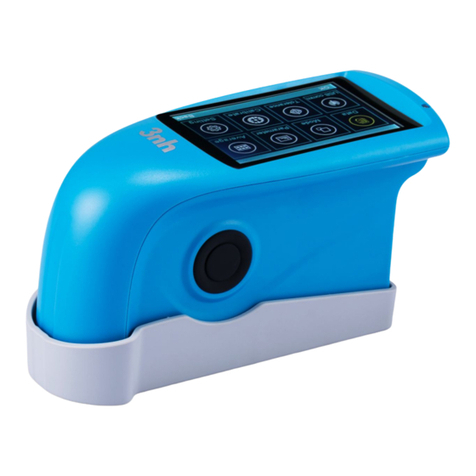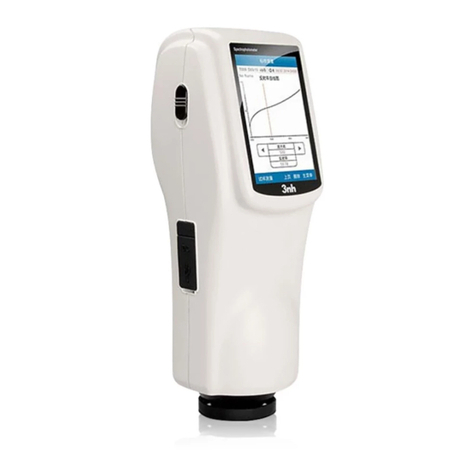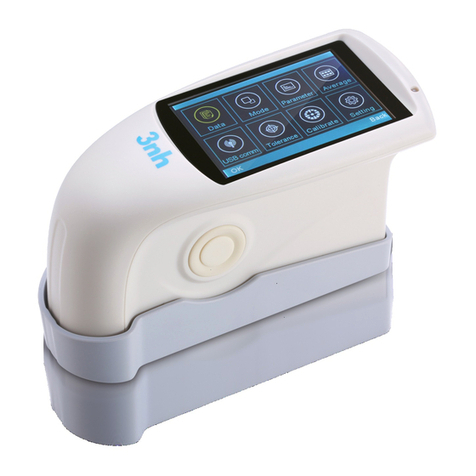
Content
Instruduction................................................................................................................................................................................4
Cautions.......................................................................................................................................................................................4
1. Interface Description............................................................................................................................................................. 5
2. Operating Instruction.............................................................................................................................................................6
2.1 Power On& Off.............................................................................................................................................................6
2.2 Calibration.....................................................................................................................................................................6
2.3 Measurement Instruction........................................................................................................................................... 9
2.4 Measurement............................................................................................................................................................. 11
2.4.1 Standard Measurement................................................................................................................................ 11
2.3.3 Sample Measurement...................................................................................................................................14
2.3.4 Average Measurement..................................................................................................................................16
2.5 Connecting to PC...................................................................................................................................................... 16
2.5.1 USB Connection.............................................................................................................................................16
2.5.2 Bluetooth Connection....................................................................................................................................17
2.6 Print..............................................................................................................................................................................17
3. Main Menu............................................................................................................................................................................ 18
3.1 Data Management.....................................................................................................................................................18
3.1.1 Check Record.................................................................................................................................................19
3.1.2 Delete Record.................................................................................................................................................24
3.1.3 Search Record................................................................................................................................................26
3.1.4 Standard Input................................................................................................................................................28
3.2 Calibration...................................................................................................................................................................30
3.4 Illuminant.....................................................................................................................................................................30
3.4 Average....................................................................................................................................................................... 32
3.5 Color Space................................................................................................................................................................32
3.6 Set Color Index.......................................................................................................................................................... 33
3.6.1 Set Color Index...............................................................................................................................................33
3.6.2............................................................................................................................................................................36
3.7 Display Setting...........................................................................................................................................................40
3.8 System Setting...........................................................................................................................................................42
3.8.1 Auto Save........................................................................................................................................................ 44
3.8.2 Measurement Aperture................................................................................................................................. 44
3.8.3 Bluetooth......................................................................................................................................................... 45
3.8.4 Buzzer..............................................................................................................................................................45
3.8.5 Measurement Mode.......................................................................................................................................46
3.8.6 Calibration Validity......................................................................................................................................... 46
3.8.7 Control Mode.................................................................................................................................................. 47
3.8.8 Language Setting...........................................................................................................................................48
3.8.9 Time Setting.................................................................................................................................................... 48
3.8.10 Backlight Time..............................................................................................................................................49
3.8.11 Screen Brightness....................................................................................................................................... 49
3.8.12 Restore Factory Settings............................................................................................................................50
4. Daily Maintenance...............................................................................................................................................................51
5. Technical Parameters......................................................................................................................................................... 52
5.1 Technical Features (Advance).................................................................................................................................52
5.2 Technique Specification............................................................................................................................................52
Appendix....................................................................................................................................................................................54

































